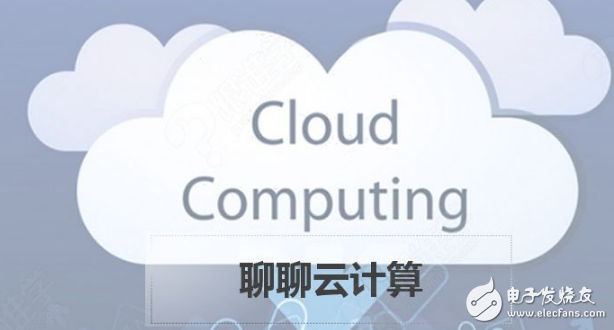Cloud computing has become a cornerstone of modern data management for enterprises worldwide. As technology continues to evolve, new terms have emerged in the cloud space, leading to a more complex and mixed landscape. Despite its long-standing presence, the concepts surrounding cloud computing still cause confusion among many professionals.


Digital Multimeter ,Bench Type Digital Multimeter,Meco Multimeter,Hioki Multimeter
YINTE TOOLS (NINGBO) CO., LTD , https://www.yinte-tools.com